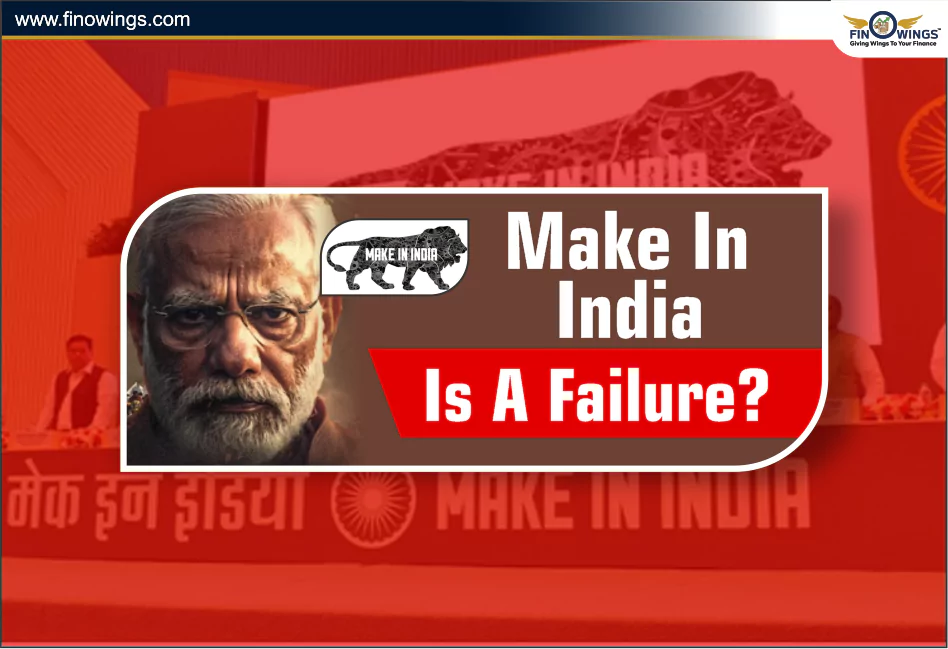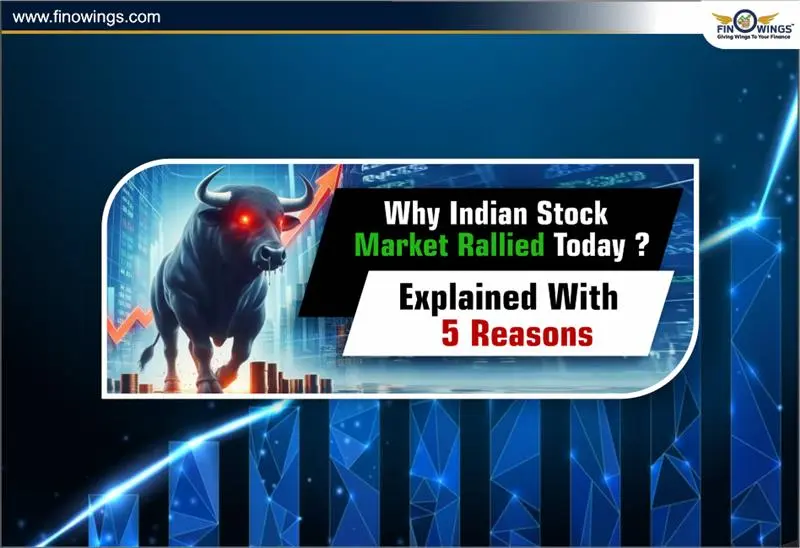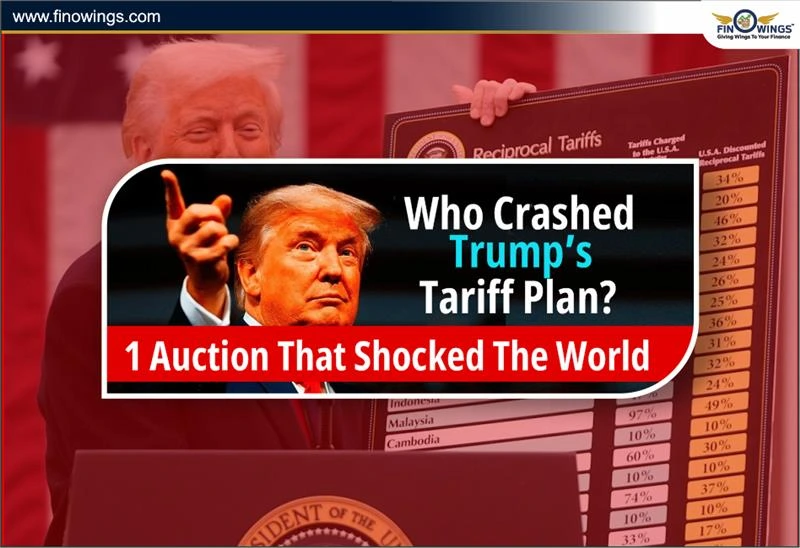Home >> Blog >> Is "Make in India" a Failure?
Is "Make in India" a Failure?

Table of Contents
Why "Make in India" is a Failure?
"Make in India” was launched to transform India into a manufacturing hub and decrease imports. To achieve this, it encouraged domestic production of goods.
From 2014 to 2024, India’s unemployment rate has worsened with a staggering % increase from 5.44% to 7.8%. Let's see how 'Make in India" is a failure.
Unemployment Rate in India
In addition, India’s trade deficit has also worsened instead of decreasing the trade deficit with ease. In September 2024, reports suggest that imports are higher than exports by a shocking twenty point 78 billion.
Moreover, increased expectations about India's unemployment rate tend to decrease to 7.2% in the current quarter and also tend to decrease to 7.1% in the long-term forecast by 2026. This leads us to a crucial reason: why is “Make in India” not working?
(Source: forbesindia.com)
The Objectives of “Make In India”
Four objectives were meant to be achieved:
1. Increase Foreign Direct Investment (FDI)
2. Boost exports and cut down on imports
3. Raise the fabrication industry’s share in the GDP to 25%
4. Increase employment generation
As unfortunate as it is, current statistics do not reflect these updated goals.
1. The Increasing Gap between Imports and Exports
India's trade deficit rose sharply from $61 billion in 2014 to $73 billion in 2023.
2. FDI Result Trends With New Foreign Direct Investments Remain Negative
While FDI inflow has improved, there is a downside. In 2014, investment in India stood at $36 billion while there was a $5.3 billion disinvestment, leading to a net investment of $30.7 million.
In 2024, FDI inflows went up to $71 billion, however, disinvestment rose also to $44.4 billion, resulting in a net loss of $185 million. This means that even though India is getting foreign investments, a lot of money is also flowing out, which is counterproductive to the initiative’s goal.
3. The Stall of Growth in the Manufacturing Unit
The target is to raise the share of manufacturing in GDP to 25%, however, it stalled at 15% after a decade. The policy also aimed to create job opportunities amounting to 10 crores, where the actual figure falls extremely short at 2 crores. It is safe to conclude that the initiative has not met the set goals three and four and remains undone.
What is the reason for the failure of the “Make in India” initiative?
Through qualitative and quantitative analysis, we have determined what factors this initiative has so severely mismanaged:
1. Poor Manufacturing Nirvana
Manufacturing is supported by three pivotal drivers:
-
Ease of Compliance
-
Exports and freight using efficient transportation systems
-
Available local specialized labor force
India is trailing in all three making it less appealing than competing nations such as Vietnam. Take for example an entrepreneur from Maharashtra wanting to set up a manufacturing unit. He struggled to acquire 3 acres of land and faced bureaucratic hurdles for 13 months.
In Vietnam, this can be done in 20 days. Such inefficiencies inhibit investment and make many businesses shift their base.
Even superpowers such as Japan and the USA have raised questions regarding investments in the country. In July 2024, Japanese Foreign Minister Yoshimasa Hayashi was urging India to be more favorable with direct investment from Japan. So too the USA warned India to increase the transparency of doing business or lose foreign direct investment to Vietnam.
2. Weak Logistics Framework
The movement of components and finished goods is crucial in any production operation. In India, freight takes 7-10 days before goods reach the ports in comparison to less than a day in China and Vietnam. This added inefficiency raises costs and prolongs the time needed to complete exports.
A very telling case is the India Bullet Train addition project (Mumbai to Ahmedabad). If these projects of high visibility face such setbacks, the private sector must be having it 10 times worse.
3. Unavailability of Trained Personnel
Most Indian firms struggle because of the lack of skilled manpower. Only 4.7 percent of the workforce in India is formally skilled trained as opposed to 75 percent in Germany and 96 percent in South Korea.
In India, approximately 75% of those who graduate from technical colleges and 90% of all other graduates are classified as unemployable because they do not possess requisite employment skills.
The lack of a skilled workforce is already affecting advanced sectors in the future. According to a Reuters report, India’s renewable energy sector will lack as much as 1.7 million skilled personnel by 2027 which will further derail the economy.
Conclusion:
Resolving the Issues with The “Make in India” Initiative. For this program to be successful, India must do the following:
1. Restrict the issuance of business permits so that the regulatory bottlenecks do not hamper manufacturing productivity.
2. Invest more in infrastructure so that the logistics and turnaround time for exports are reduced.
3. Encourage vocational training at schools to develop a skilled labor force.
Frequently Asked Questions
Initiatives are not being able to achieve targets because of various reasons including red tape, very poor infrastructure, inability to work efficiently in logistics, and also a shortage of skills among workers.
India's manufacturing sector continues to languish at around 15% of GDP rather than the desired 25%. These figures emphasize the disappointing achievements of the program in improving industrial activity.
They might involve making significant advancements in the regulation of the business sector, building infrastructure, enhancing the logistics system, and funding vocational education to produce a workforce with the necessary skills.





















